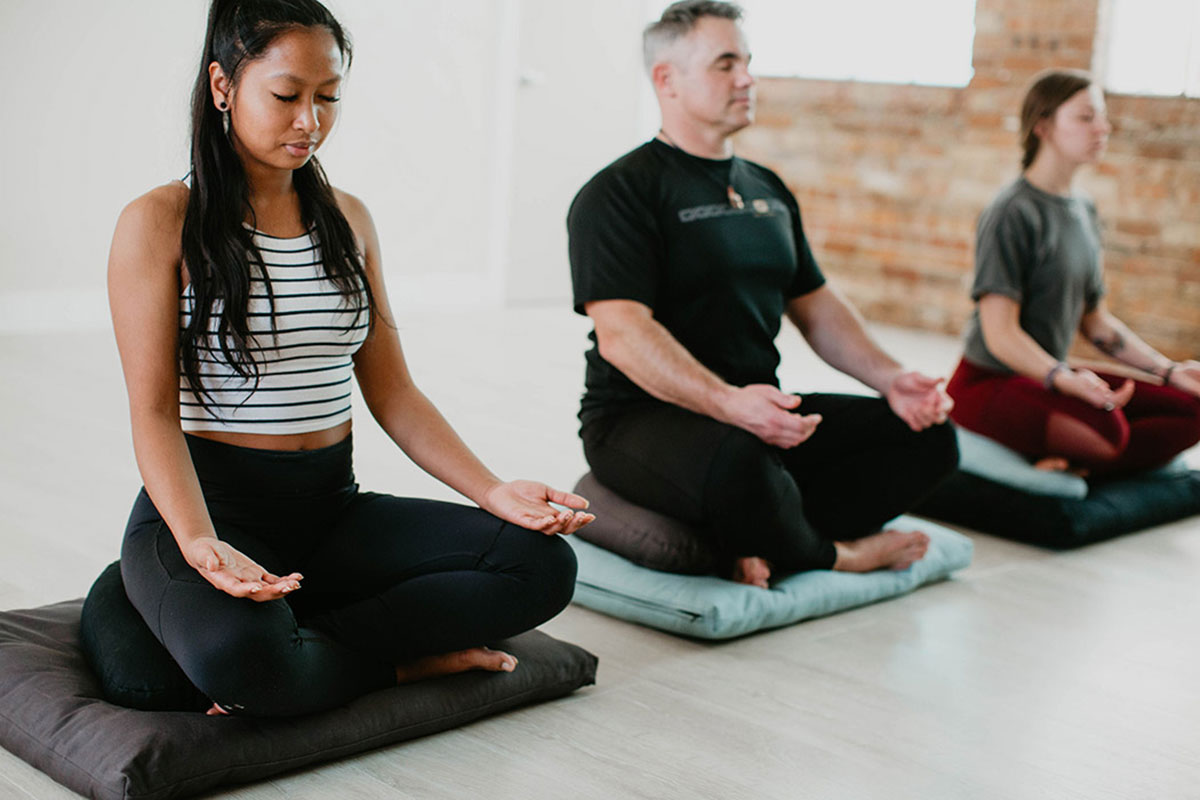
Asana, the physical practice, is the most recognizable of the eight limbs of yoga. If you mention “yoga,” most people will automatically picture a person in some beautiful, bendy position. But, of course, yoga is much more than just asana. There are seven other limbs of yoga in the system of Ashtanga Yoga. (Here, Ashtanga Yoga refers to the traditional meaning of the eight-limbed path, rather than Ashtanga Vinyasa Yoga, the system developed by K. Patabhi Jois.) In addition, there are many other forms of yoga that do not include postures.
In the context of the eight limbs, asana comes third, after yama and niyama. The first two limbs provide a solid foundation for the rest of the practice. They instill healthy intentions so that our practice can bear wholesome fruit. In addition, they give us guidelines for living a graceful life.
Because asana is the most popular aspect of yoga, it is also the most misunderstood. Western practitioners, who grew up on rigorous exercise, often practice asana in the context of that familiar paradigm. When we think of exercise, we think of concepts like competition and personal bests. Consequently, we associate the ability to do acrobatic poses with being “advanced.” But according to the yoga sutras, mastery of asana is a completely different thing.
The Asana Tradition
The word “asana” means “seat.” It literally refers to the sitting posture. The original purpose of practicing yoga asana was to support the body for the rigors of sitting meditation. This includes not only the physical body, but the physiological systems as well. Especially important is the nervous system.
When I studied in India with B.K.S. Iyengar, one thing he said stuck in my mind and has helped guide my practice. He said that we practice asana to create a peaceful, calm environment for the mind. When the body is at ease, the mind can more easily be at ease.
Three of the 196 yoga sutras describe asana. All are in the second pada, or chapter. Here they are (from Alistair Shearer’s translation):
- 2.46: The physical posture should be steady and comfortable.
- 2.47: It is mastered when all effort is relaxed and the mind is absorbed in the Infinite.
- 2.48: Then you are no longer upset by the play of opposites.
So let’s break this down. As with other posts in this Yoga 101 series, my descriptions here will be short and sweet. If you want to delve deeper, pick up my book, Mindful Yoga, Mindful Life.
Sutra 2.46: Alistair Shearer’s translation uses the description “steady and comfortable.” Other translations of this sutra describe asana as “firm and soft,” “steady and easy,” and other such opposite qualities. For me, this says that balancing effort is the key. Steadiness implies a strength, stability and commitment. Comfort implies ease and calm. Steadiness without comfort can create tension and tightness. Comfort without steadiness can bring about sloth and heaviness. So we balance the two in every pose.
Sutra 2.47: This sutra is crucial for understanding the intention—and the power—of asana practice. Notice that it doesn’t define mastery in terms of what our bodies can or can’t do. There’s nothing about pushing further or mastering fancy poses. In fact, it implies the opposite. Unlike competitive sports, where we constantly push our edge, asana asks us to relax our effort. When we can relax effort in our poses, instead of “doing” the pose, we start to “be” the pose. In that present-moment experience of the internal process, our minds are absorbed in the Infinite. Anyone, with any body type or physical ability, can achieve mastery in asana.
Sutra 2.48: Flexibility, strength, tone, stress relief—these are the qualities most often listed as the benefits of asana practice. And it’s true; regular practitioners often report these benefits. But these are simply side benefits to the real purpose of practice: to be able to meet the ebb and flow of our lives with equanimity. When we practice with steadiness and comfort in mind, we balance our nervous system and cultivate mind-body calm. When we relax effort and let go into the moment-by-moment experience of asana, our minds become spacious and clear. By developing this state, we are able to approach our lives’ ups and downs with more grace. I don’t know about you, but I think this is an extraordinary claim for a physical practice.
So through the instrument of our own physical bodies, we can touch into spacious equanimity that expands outward into our everyday lives off the mat. This is the purpose of asana. It prepares our body-mind for meditation, but it also helps us integrate the meditative state into all our physical pursuits.
